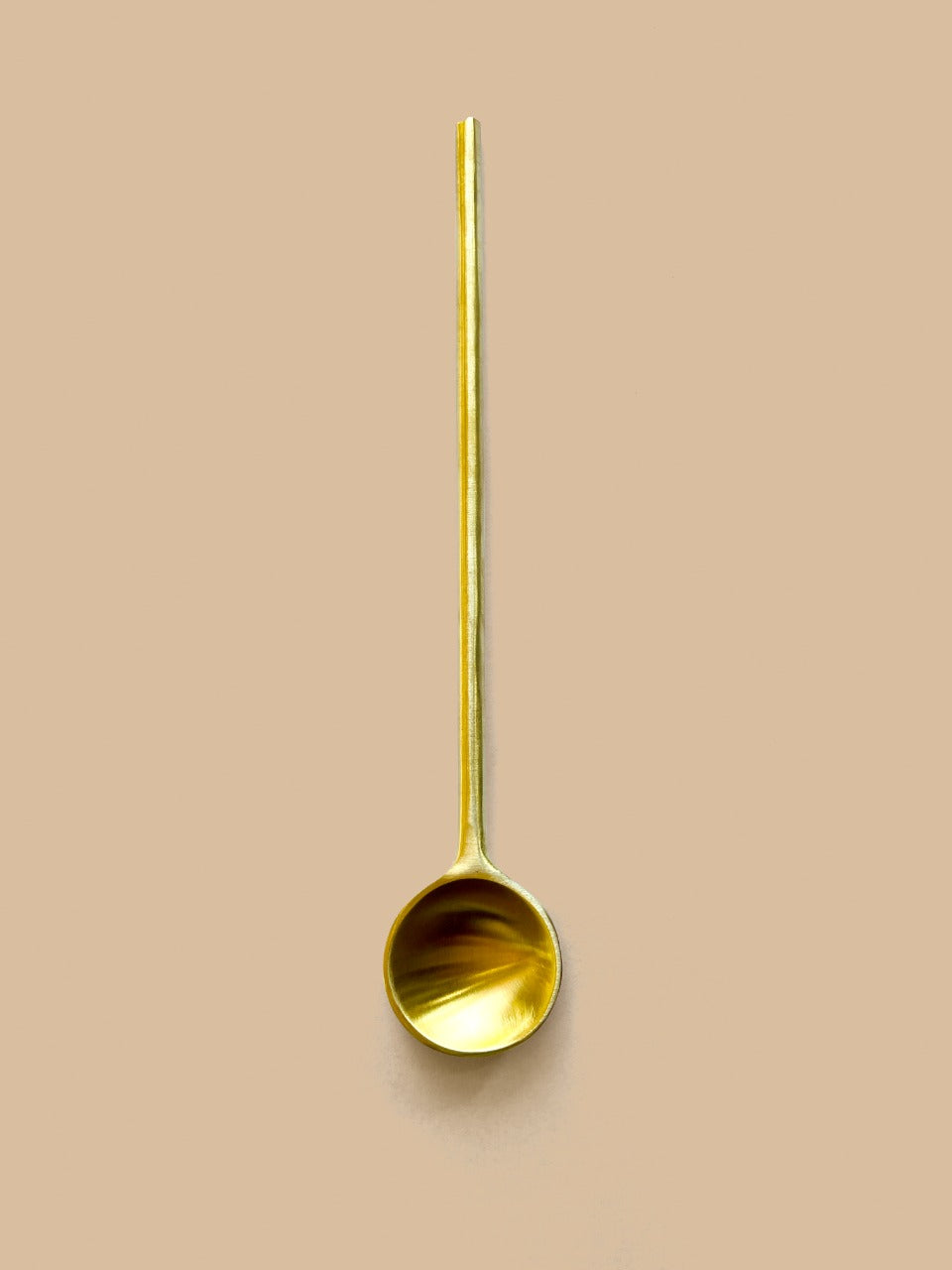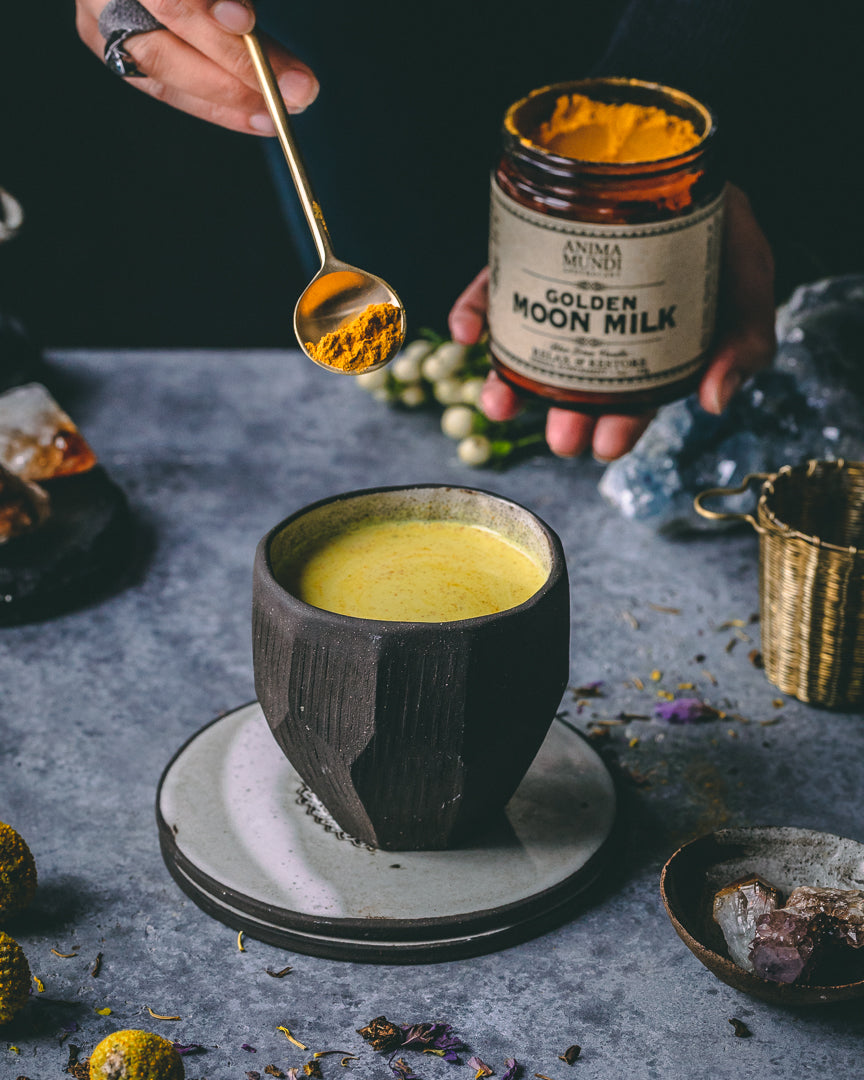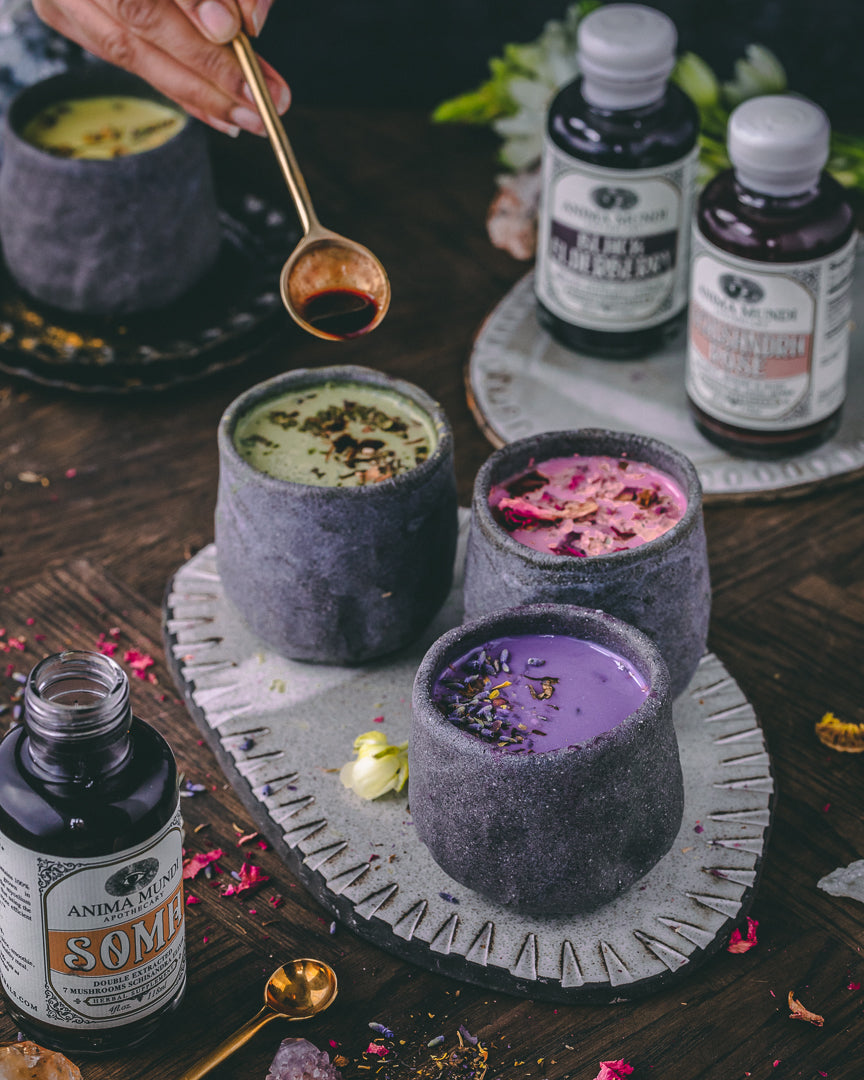BRASS SPOON | Handmade, Solid Brass
- Regular price
-
$ 14.50 - Regular price
-
- Sale price
-
$ 14.50
Couldn't load pickup availability
We custom made our brass spoons with a wonderful artisan family in India, so we can have the perfect serving size when composing potions. This is the same family that also handcrafts our beautiful tea strainers. We've been huge lovers of brass everything, as you can see in our pictures, as it adds a tone of elegance and magic to the medicine spread.
These spoons are 100% brass, coated in a clear food-grade finish.
Dimensions: 17cm x 3cm / 1.1in x 5.11 in
Amount: One Spoon
Handmade in India
INSTRUCTIONS FOR CARE
To keep the spoon clean, simply rinse and dry after each use. Do not let it stay immersed in water. The brass does not oxidize if properly taken care of. Any tarnish can be removed by applying an acid agent, such as lemon juice.
Additionally, only wipe spoons with a soft cloth or sponge: do not use abrasives when cleaning, as this can chip the outer coating.
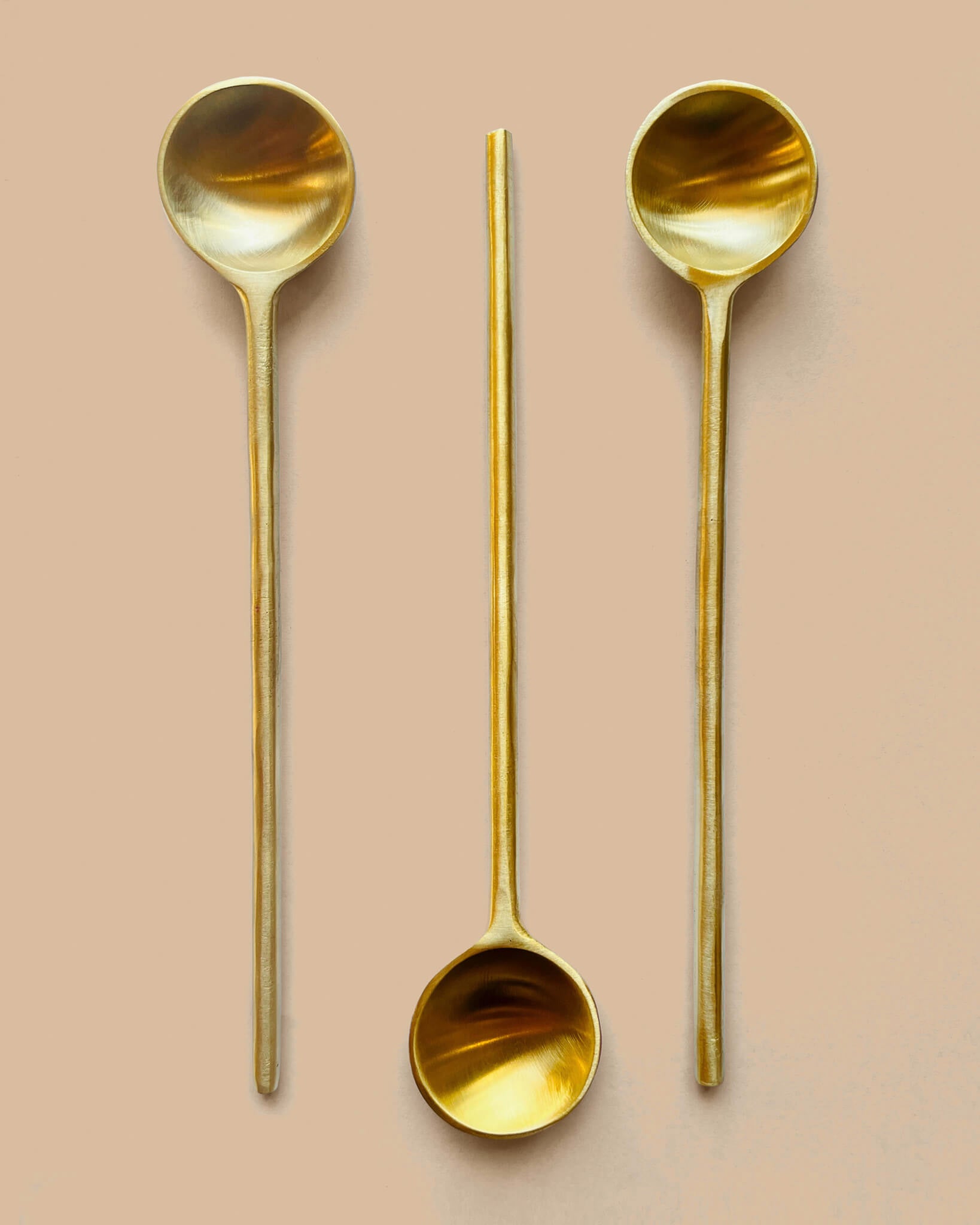

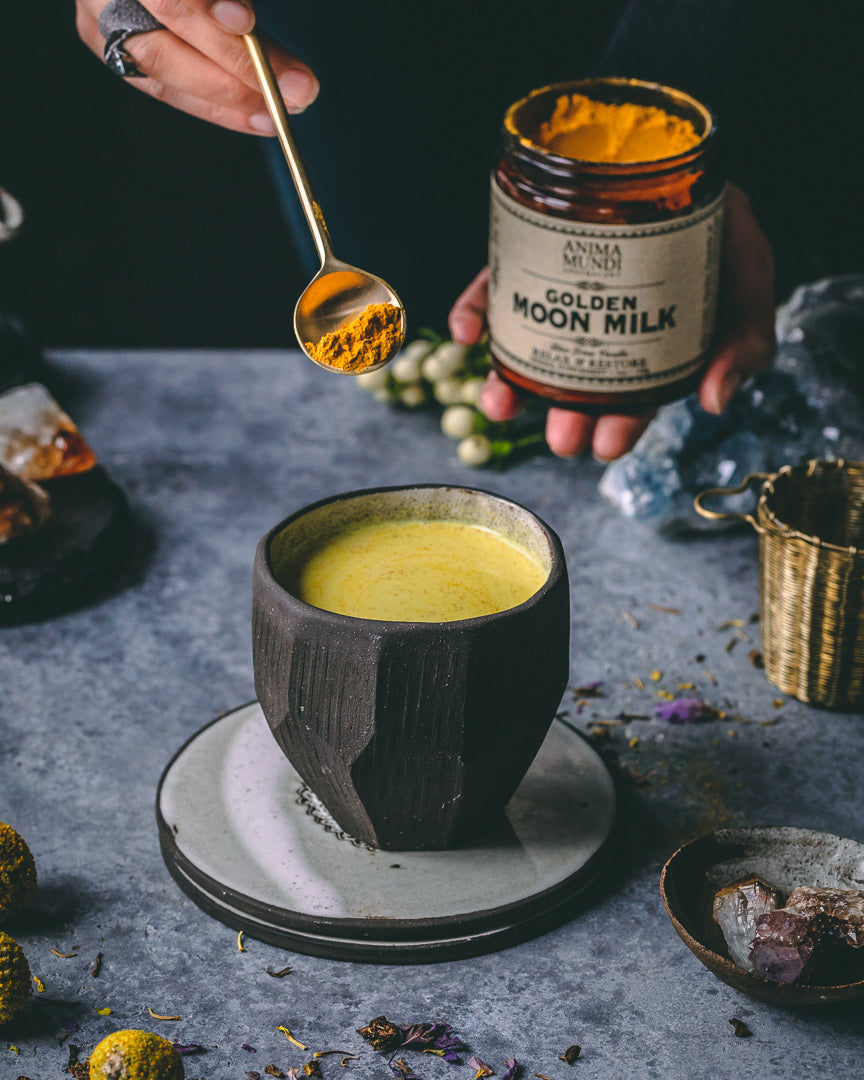
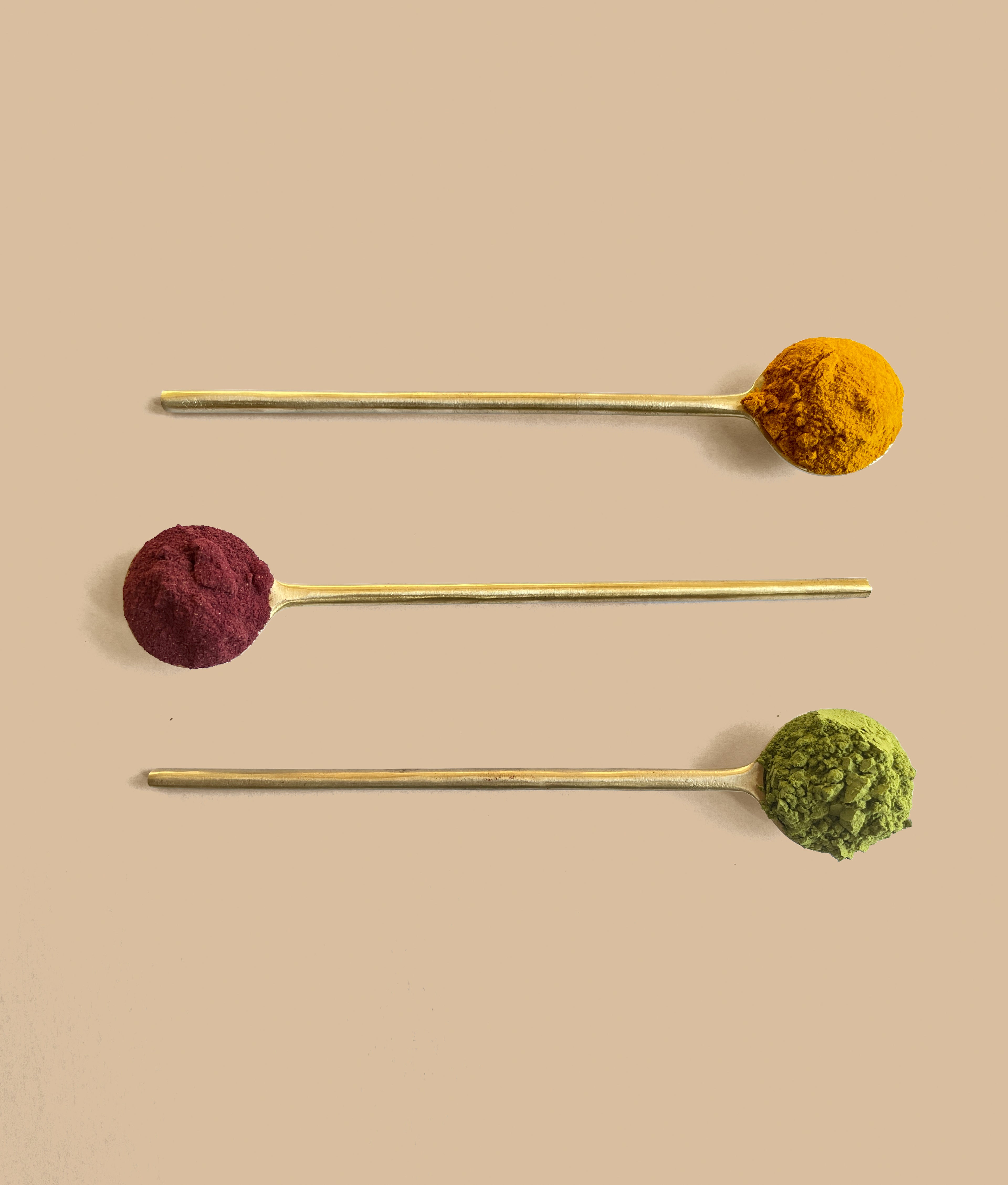
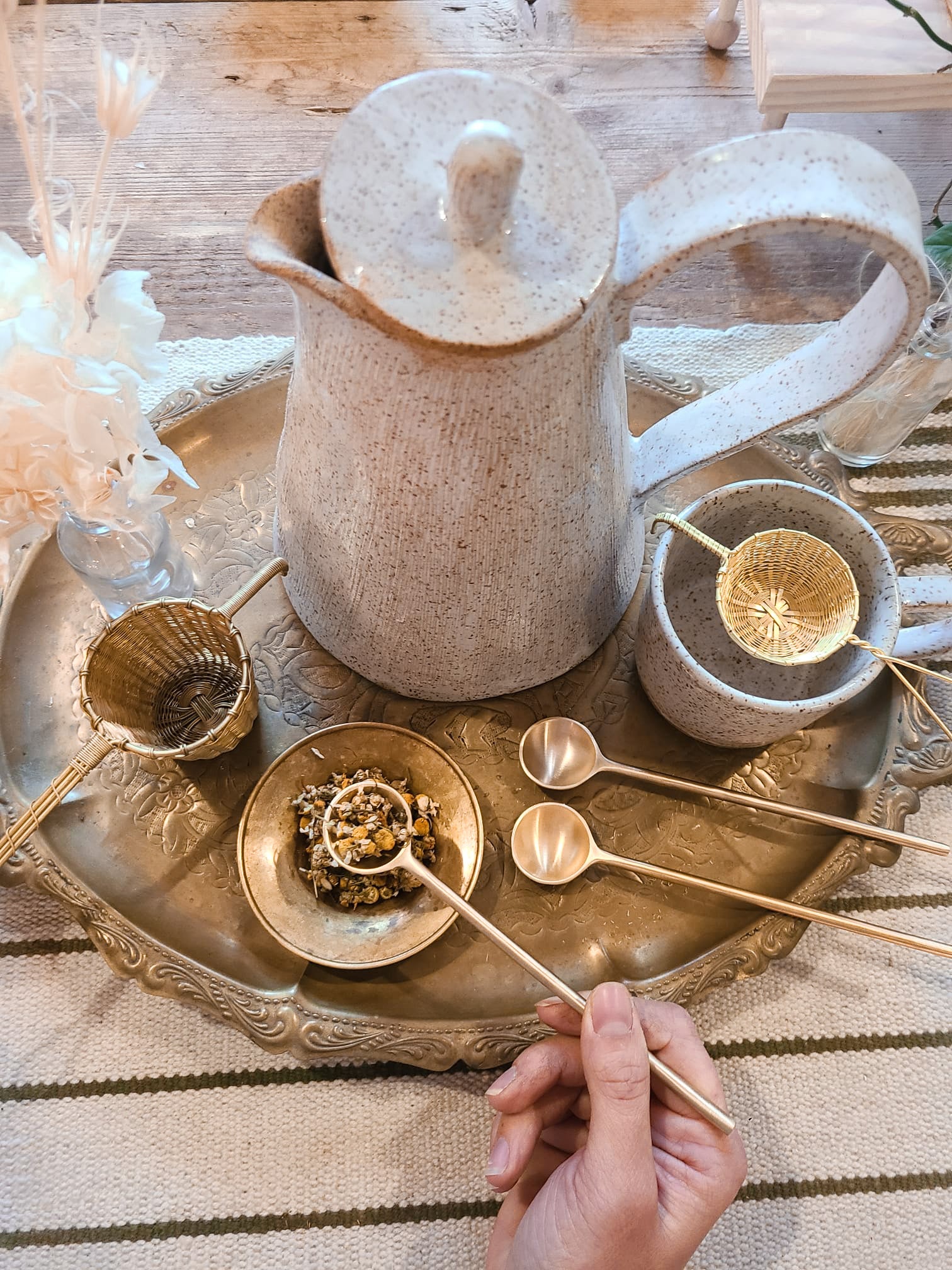
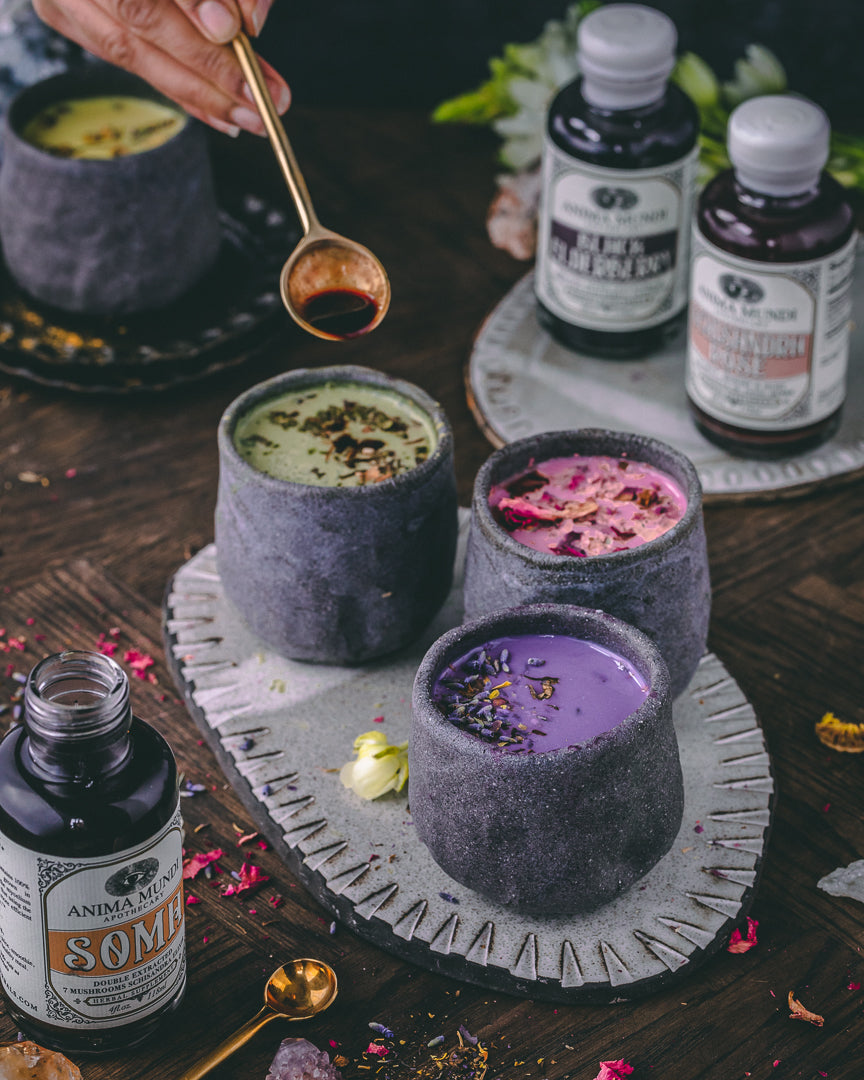

BRASS SPOON | Handmade, Solid Brass
- Regular price
-
$ 14.50 - Regular price
-
- Sale price
-
$ 14.50
Handcrafted
Brass

ANCIENT WISDOM
Our Apothecary is composed of organic, wildcrafted, and ethically grown botanicals. We aim to continuously source pristine, unadulterated and wholesome medicines for mind body and soul wellness. Anima Mundi is devoted to making vibrant and medicinally potent remedies that honor the principles of harmony and ancient formulation that have years of anecdotal and traditional evidence.
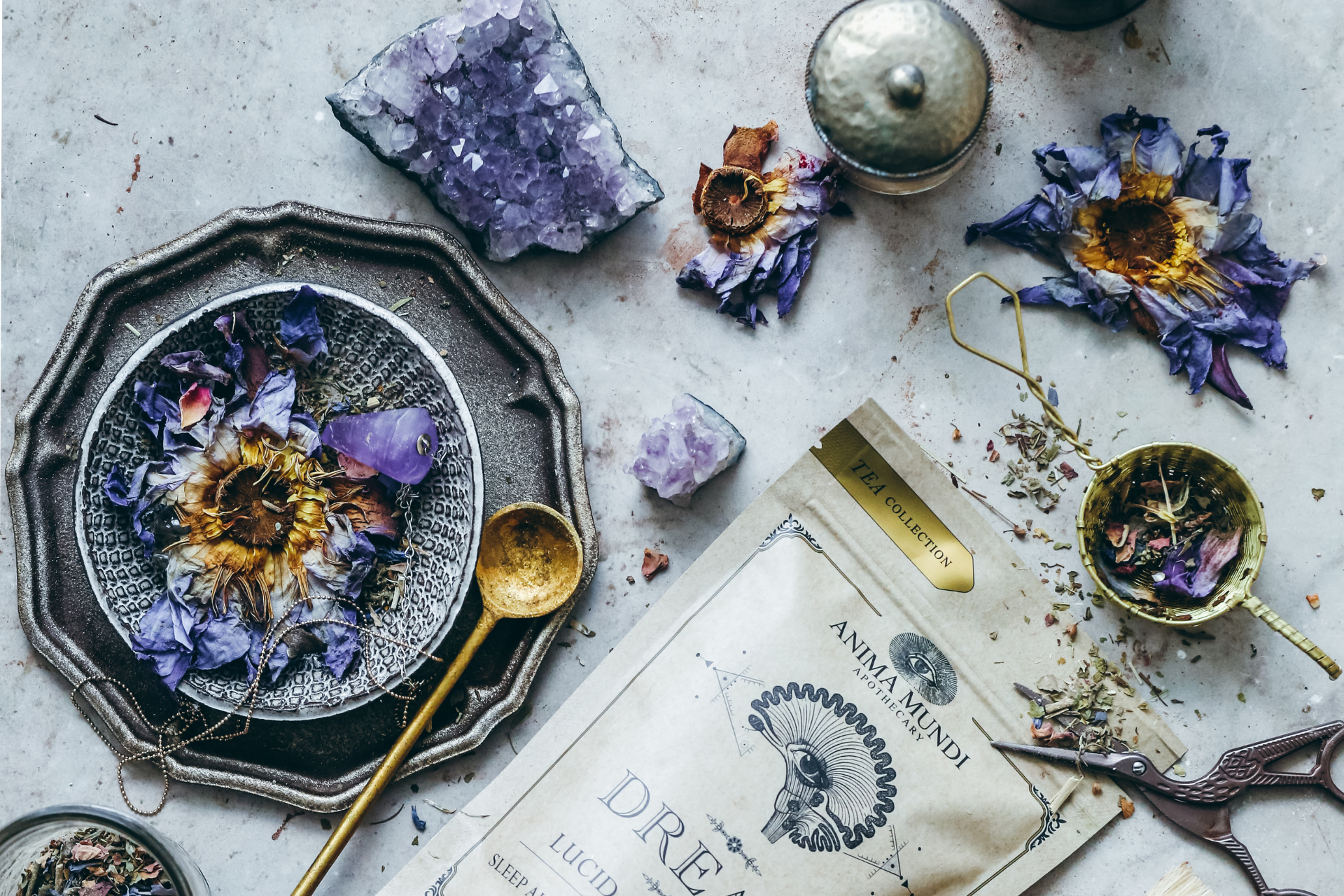
THE HIGHEST STANDARDS
We follow the highest manufacturing standards with passion!
Anima Mundi is a family owned and operated business. Our superfoods are made in an FDA registered and cGMP certified facility, made in the U.S. with certified organic herbs and wild harvested plants in a vegan and gluten free kitchen. Our products contain zero fillers, binders or flow agents. They are lab tested for purity and efficiency.



